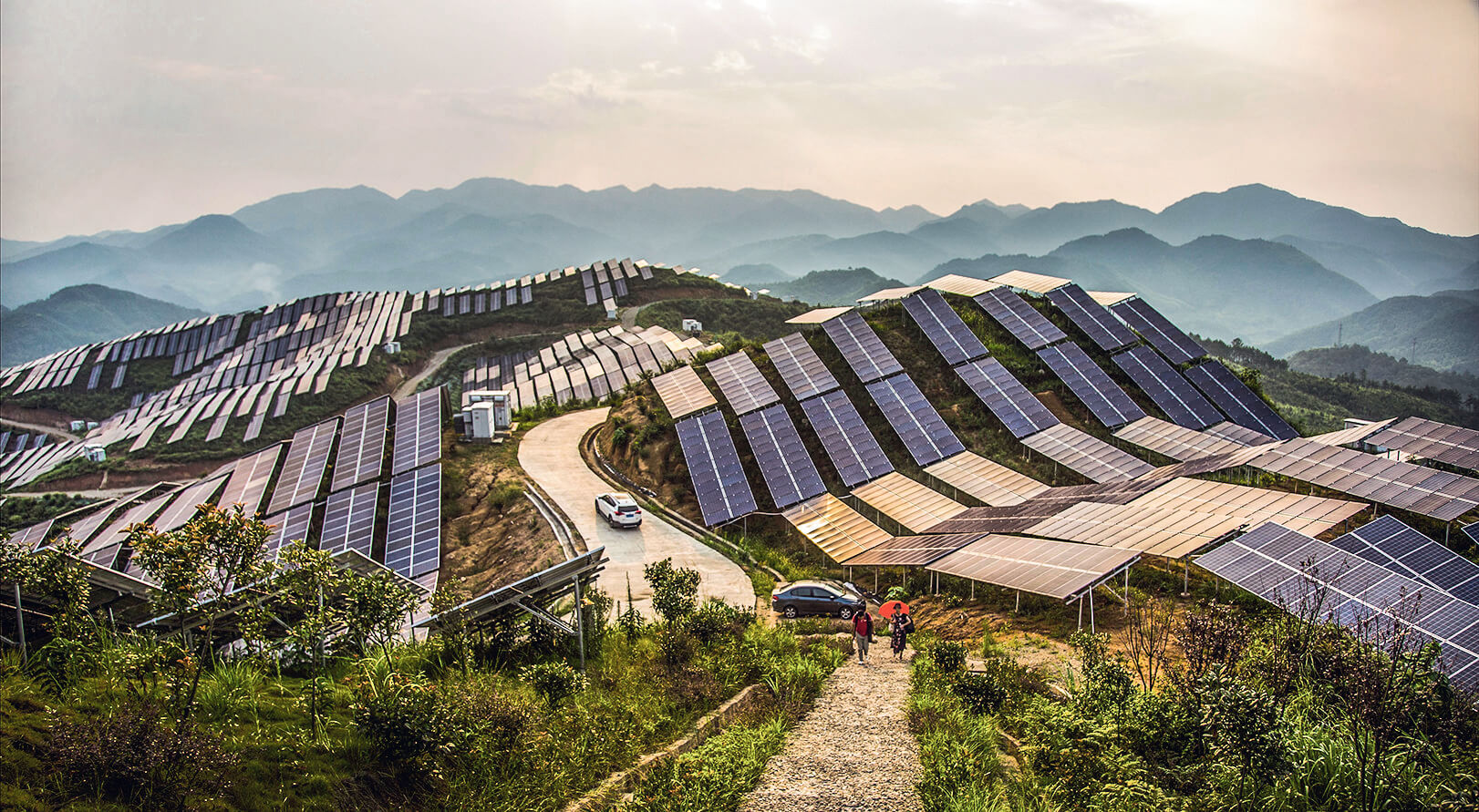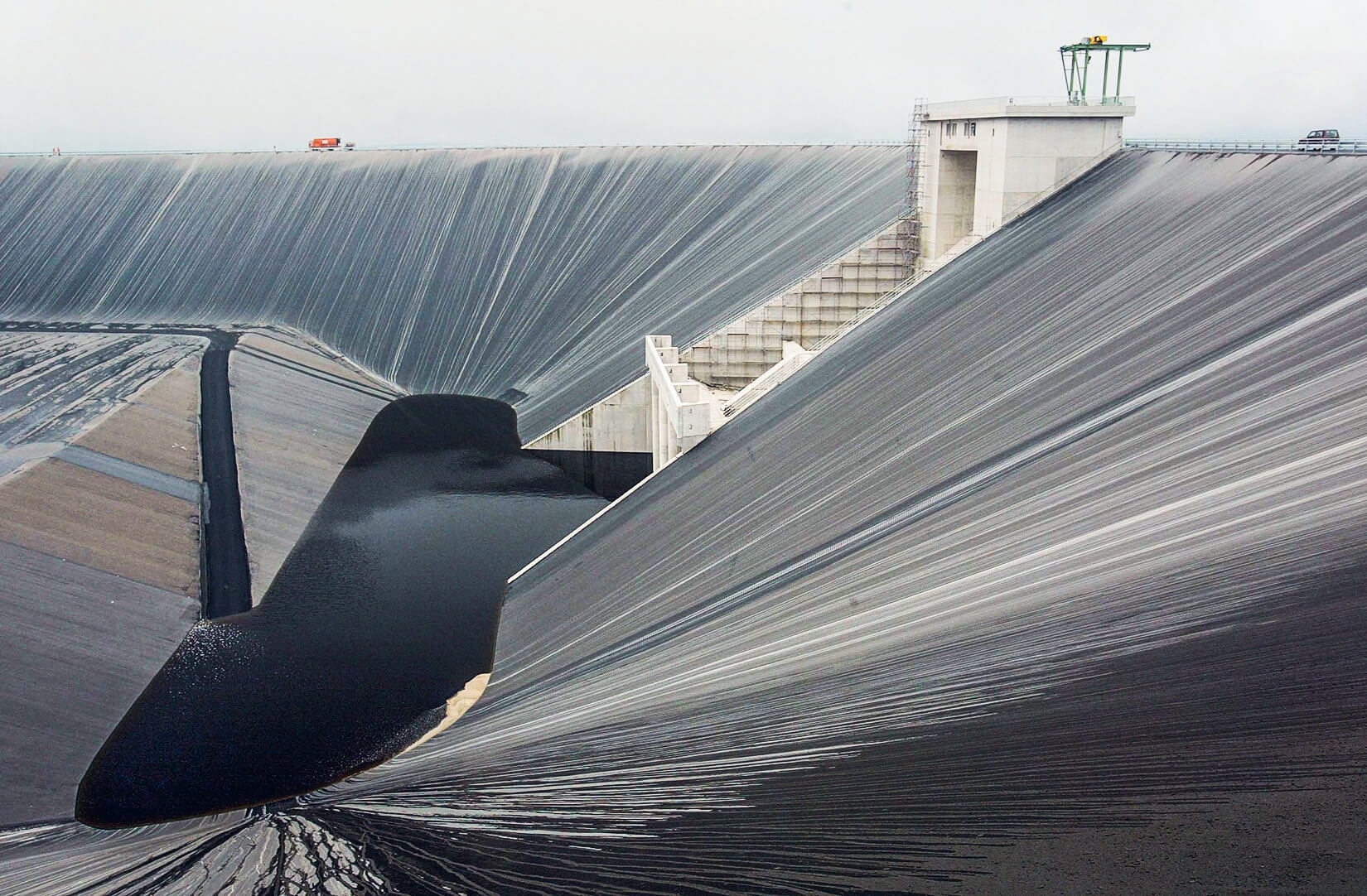
Wind power
The offshore era
Bigger and better: What will tomorrow’s wind turbines look like? How can wind be efficiently exploited in coastal regions? And who are the global pioneers?

The energy transition
Renewable energies: figures and trends
How the potential of water, solar, and wind power is fundamentally changing the ways electricity can be generated worldwide.

Renewable sources of energy
How to Connect Sectors
In the future, heating, mobility, and electricity must be linked more closely together—with chemistry playing a key role.

The energy transition
Hydrogen fuels hope
Hydrogen has the potential to fundamentally change the economy. What challenges are the researchers up against?


